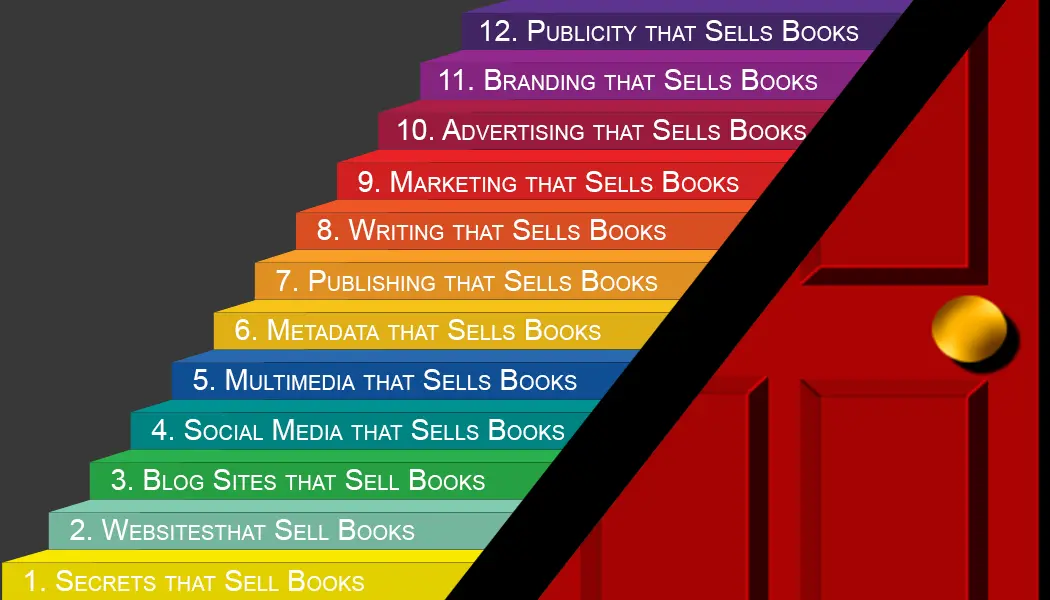Crafting Engaging Pages, Forms, and Interactive Elements
Designing a blog that captivates and retains readers involves more than just offering excellent content—it requires thoughtful design strategies that enhance navigation, interactivity, and visual appeal. A well-designed blog can significantly boost reader engagement, improve usability, and increase the overall aesthetic of your site. This comprehensive guide delves deeper into the essentials of blog site design, covering everything from the structure of pages and functionality of forms to the responsiveness of buttons and additional design considerations.
In-Depth Components of Blog Site Design
- Strategic Page Layout: Each page on your blog serves a unique purpose and must be designed to optimize content delivery and enhance reader experience. Key pages include:
- Home Page: This is the gateway to your blog. Design it to showcase featured posts, highlight important announcements, and guide visitors to major sections with visual cues and clear navigation.
- About Page: Often underestimated, the About page is crucial for building trust and rapport. Share your story, vision, and what readers can gain from your blog.
- Contact Page: Accessibility is key. Include multiple contact options, such as a form, email, and possibly a chat feature, to ensure readers can connect with you easily.
- Category Pages: Organize posts into categories to help readers find relevant content quickly. Each category page should summarize the topic and list articles with clickable titles and thumbnails.
- Forms for Enhanced Interaction: Forms are essential for facilitating interaction, gathering reader feedback, and building community. Considerations for effective forms include:
- Simplicity: Ask for essential information to minimize user effort and maximize form submission rates.
- Design: Ensure forms are aesthetically pleasing and match the overall design language of your site. Place them strategically to catch attention without disrupting the browsing experience.
- Functionality: Use validation to help users correct errors before submission, and always confirm receipt of submissions to close the communication loop.
- Buttons That Drive Action: Buttons guide users toward desired actions and should be optimized for high visibility and responsiveness:
- Design: Ensure that buttons are large enough to be easily tapped on mobile devices, with sufficient padding and visually distinct colors that stand out yet complement the site’s design.
- Text: Use compelling action words that provoke emotion or enthusiasm, providing clear instructions about what will happen next—words like “Discover,” “Get Started,” or “Join Us” can be effective.
- Placement: Position buttons strategically to lead the reader naturally through the desired journey or conversion funnel.
Extended Design Considerations
Advanced Navigation Tools
- Sticky Headers: Keep navigation menus visible as users scroll down the page for easy access to other sections.
- Footer Links: Include a comprehensive footer with links to all major pages, recent posts, or a sitemap to enhance navigation.
Visual Design and Multimedia
- Consistent Theme: Use a consistent color palette and typography that reflect the brand’s personality and are visually pleasing.
- Media Usage: Integrate high-quality images, videos, and interactive media like infographics to break up text and add value to the content.
Performance Optimization
- Load Time: Optimize media files and use caching to ensure your blog loads quickly, as speed is a major factor in user satisfaction and SEO.
- SEO Best Practices: Incorporate SEO-friendly URL structures, meta descriptions, and keywords to boost search engine visibility.
Accessibility Features
- Inclusive Design: Ensure your blog is accessible to all users, including those with disabilities, by following Web Content Accessibility Guidelines (WCAG). This includes color contrast, keyboard navigability, and alternative text for images.
Conclusion: Perfecting Your Blog Site Design for Maximum Impact
Effective blog site design is about creating a seamless, engaging, and aesthetically pleasing environment that enhances the user’s experience and encourages interaction. By paying close attention to the design of pages, forms, and buttons, and incorporating advanced design considerations, you can build a blog that not only looks great but also functions perfectly across all devices, ensuring your content reaches and resonates with your intended audience.
_________________________________________
Related Entries:
Animations and GIFs: Enhancing Digital Communication
Related Topics:
Visit our website at www.AuthorsDoor.com and our blog site at www.AuthorsRedDoor.com as you continue your author-publisher journey.


